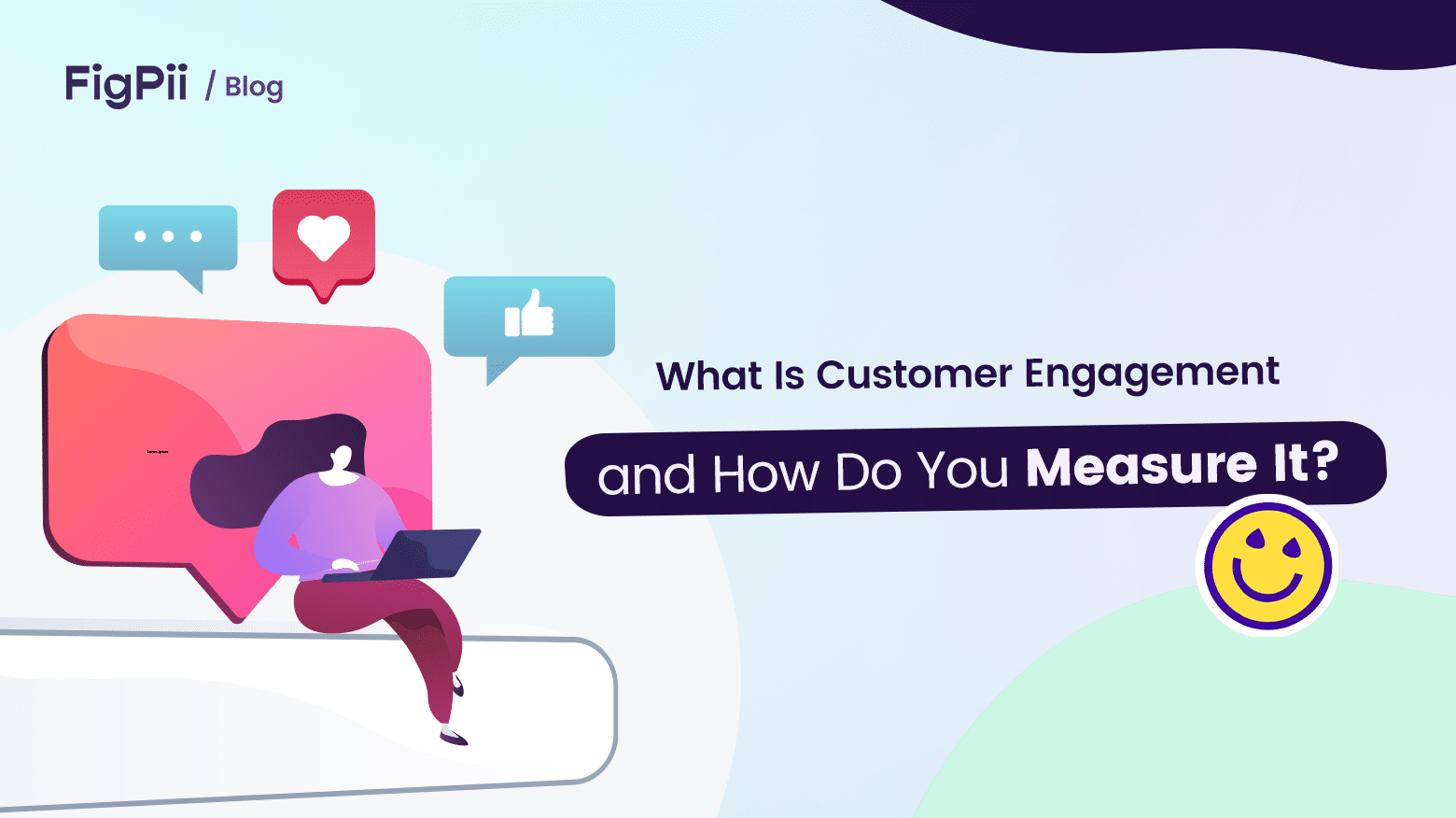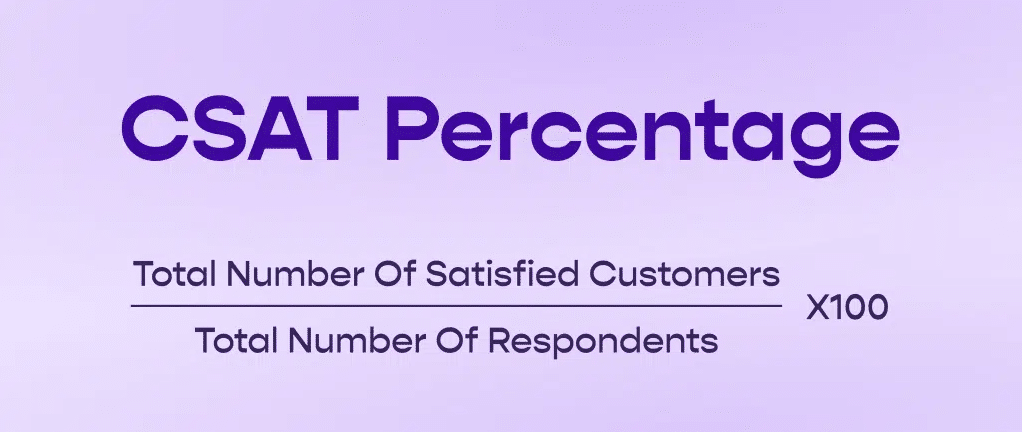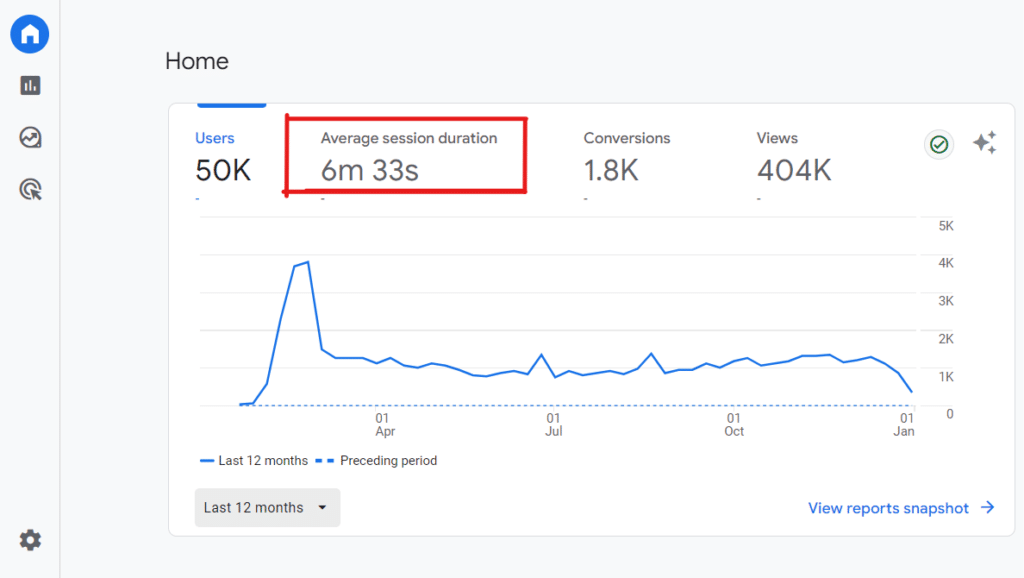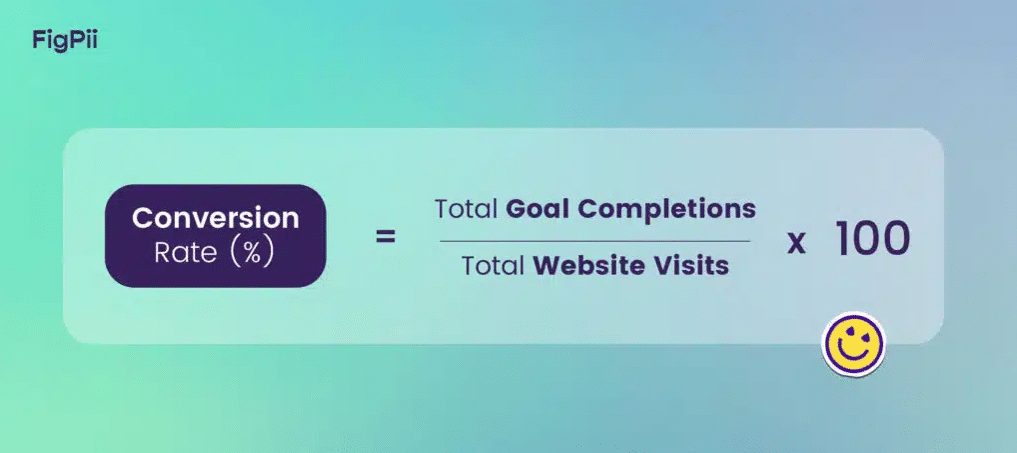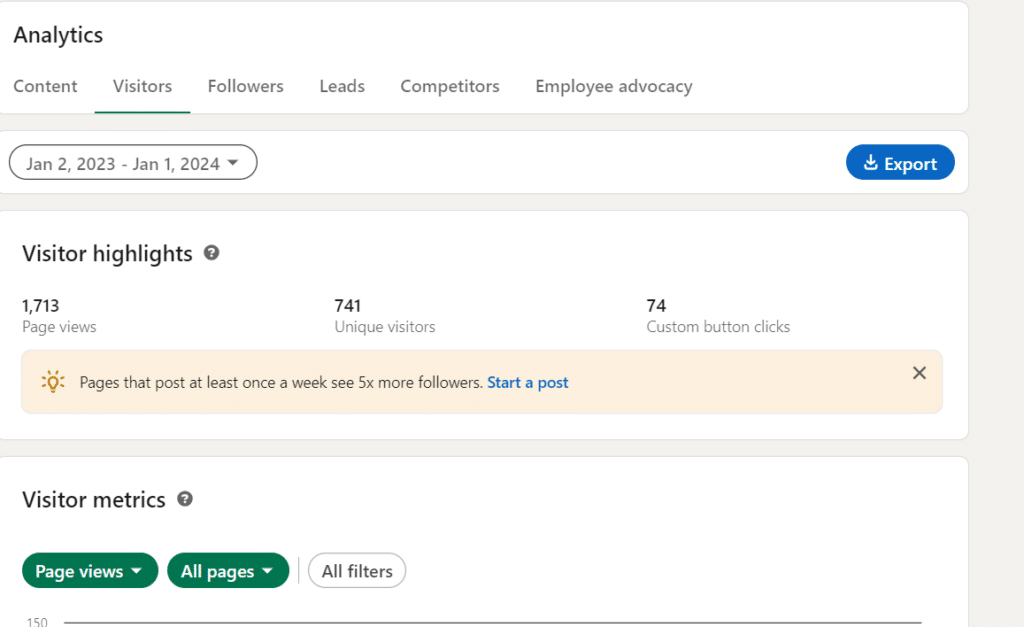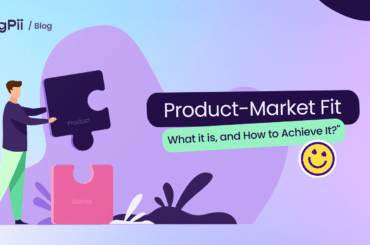Understanding customer engagement is similar to deciphering a complex, ever-evolving language. It’s about more than just tracking sales or website visits; it’s about comprehending the depth of your audience’s interaction with your brand across various touchpoints.
Customer engagement is the heartbeat of any business, pulsating with every click, like, share, and purchase. But how do you accurately measure this vital sign of your company’s health?
The key lies in identifying and interpreting the right metrics to shape strategies that resonate with your customers effectively.
In this article, we discuss Customer Engagement, its importance, and different metrics brands can use to track how customer engagement with their products and services.
What Is Customer Engagement?
Customer Engagement is the emotional connection between a consumer and a brand, constituting the quality of a customer’s relationship with the business. Customer engagement also refers to customers’ psychological and emotional attachment to your brand, product, or company.
It addresses several aspects of customer relations, including customer needs, pain points, and preferences. The customer engagement process spans the entire timeline from the initial point of a customer noticing your brand or product to the point beyond recurring sales.
Through customer engagement, brands and companies can spread awareness to potential customers while retaining old ones. Customer engagement is crucial as it impacts revenue, profitability, customers’ spending, and relationship growth.
How to Measure Customer Engagement
Measuring customer engagement is a multifaceted process involving qualitative and quantitative methods.
- Qualitative methods involve analyzing customer feedback, reviews, and interviews to understand sentiments, preferences, and expectations. These insights can reveal the reasons behind the quantitative data, providing a comprehensive picture of customer engagement.
- Quantitative method, on the other hand, involves numerical data and can be measured directly. This includes metrics like NPS, CSAT, and website analytics. It provides an objective measure of customer engagement levels and can be tracked over time for trends.
Combining qualitative and quantitative methods offers a holistic approach to understanding customer engagement. This integration helps make informed decisions to enhance customer experience and engagement strategies.
Metrics for Measuring Customer Engagement
-
Net Promoter Score (NPS)
NPS assesses customer loyalty and the likelihood of recommending your business. It’s calculated based on responses to the question, “On a scale of 0-10, how likely are you to recommend us?”
Customers are categorized as Promoters, Passives, or Detractors based on their responses:
Promoters (score 9-10)
Passives (score 7-8)
and Detractors (score 0-6)
The NPS is then calculated by subtracting the Detractors’ percentage from the Promoters.
-
Customer Satisfaction Score (CSAT)
CSAT measures customer satisfaction with your products or services. It’s typically obtained through surveys where customers rate their satisfaction on a scale.
The score is the average of these ratings and provides insights into overall customer happiness with your offerings.
-
Customer Churn Rate
Churn rate shows the percentage of customers who stop using your services or products over a specific period. It’s calculated by dividing the number of customers lost during the period by the total number of customers at the start of the period.
A lower churn rate indicates better customer retention.
-
Average Session Duration
This metric reflects the average time a visitor spends on your site. It’s crucial for understanding user engagement with your content. A longer duration often indicates more engaging and relevant content.
Use Google Analytics to track this metric, focusing on pages or content types that keep users engaged longer.
-
Conversion Rate
Conversion rate is pivotal in evaluating the effectiveness of your site in turning visitors into customers or leads. It’s calculated by dividing the number of conversions by the total number of visitors, then multiplying by 100.
This metric helps in understanding the ROI of your marketing efforts and identifying areas for improvement in your conversion funnel.
-
Customer Effort Score (CES)
CES measures the ease with which customers can interact with your company. It’s usually obtained through surveys asking customers to rate the effort required to use your product or service. A lower score indicates better customer experience and higher satisfaction.
-
Repeat Purchase Rate
Repeat Purchase Rate measures the percentage of customers who return to make another purchase. It’s calculated by dividing the number of customers who have made more than one purchase by the total number of customers. This metric is crucial for understanding customer loyalty and the effectiveness of your retention strategies.
-
Customer Retention Rate
Customer Retention Rate (CRR) measures the percentage of customers you retain over a specific period.
It’s calculated using the formula: [(E-N)/S] x 100
Where;
E = number of customers at the end of the period,
N = New Customers acquired, and
S = the number of customers at the start.
High retention rates often indicate customer satisfaction and loyalty.
-
Social Media Engagement
This metric encompasses interactions like likes, shares, comments, and follows on your social media platforms. Tools like Facebook Insights Linked and Twitter Analytics can provide detailed data on engagement.
This qualitative metric helps you understand how your audience interacts with your content.
-
Pageviews
Pageviews indicate the total number of pages viewed on your site. High page views can suggest good content engagement, but analyzing alongside other metrics like session duration is important to get the complete picture.
What are the benefits of Customer Engagement?
In the current business landscape, where several companies and brands offer similar products that meet a consumer’s needs, customer engagement is necessary to maintain a returning clientele.
Implementing proper customer engagement strategies will help to establish a unique brand identity, attract new customers, improve customer loyalty, and provide a quality feedback loop.
-
Increased customer loyalty
Engaged customers are more likely to stay with your business for the long term. They are also more likely to be repeat customers and to spend more money each time they shop. This will consequently lead to increased profits and revenue.
-
Higher customer satisfaction
A satisfied customer is the goal of every brand/company offering products and services. Engaged customers are more satisfied with their interactions with your business. They are also more likely to recommend your business to others.
-
Improved brand reputation
When customers are engaged, they have a positive perception of your brand, helping you to achieve a unique brand identity. This can lead to increased brand awareness and customer trust.
-
Reduced customer churn
Engaged customers are less likely to churn. This means you will spend less on acquiring new customers. Since acquiring new customers is five times more expensive than retaining existing ones, a reduced churn rate will also increase your brand’s gross profit.
-
Increased profitability
Engaged customers are more profitable than disengaged customers. They spend more money, are more likely to be repeat customers, and are more likely to refer others to your business.
Aspects of Customer Engagement
Customer engagement demands an exploration of the cognitive, emotional, and behavioral aspects of customer relations.
- The emotional aspect involves creating an emotional bond between the customer and your brand. It’s about evoking positive feelings such as trust, joy, or a sense of belonging. This emotional connection can result in customers becoming brand advocates and sharing their positive experiences with others.
- The cognitive aspect relates to how customers think about your brand. It includes their perceptions, beliefs, and understanding of the brand. This aspect is influenced by marketing messages, product quality, brand reputation, and customer service experiences. A positive cognitive impression can increase customer loyalty and preference for your brand over competitors.
- The behavioral aspect involves customers’ actions concerning a brand, including purchasing products, engaging with online content, or participating in loyalty programs. This aspect directly indicates customer engagement and can be influenced by emotional and cognitive aspects.
Each of these aspects contributes to a holistic understanding of customer engagement. By addressing all three, your business can develop a more effective engagement strategy that resonates with customers on multiple levels.
Relationship between Customer Engagement and Customer Experience
Customer Experience (CX) plays a pivotal role in fostering customer engagement. CX encompasses a customer’s journey with your brand, influencing their perception, satisfaction, and long-term loyalty.
When your brand consistently delivers a positive CX, it meets and often exceeds customer expectations, leading to a deeper emotional connection. This connection is key to customer engagement, as engaged customers are more likely to be repeat buyers, brand advocates, and less price sensitive.
A high-quality CX is characterized by personalized interactions, showing customers you understand and value their unique preferences and needs. Seamless and consistent experiences across various touchpoints, whether online or offline, further reinforce a positive image of the brand in the customer’s mind.
Ultimately, CX is the foundation upon which customer engagement is built. It’s an ongoing process of understanding, meeting, and exceeding your customers’ expectations to create a positive, lasting impression, drive repeat business, and foster a loyal customer base. You must implement CX-optimizing practices for the growth of your company/brand.
Customer Engagement Strategies
Customer engagement is more important than ever in today’s competitive business landscape. Engaging with your customers can help you build a loyal customer base more likely to buy from you repeatedly. There are many different ways to engage with customers, but some of the most effective strategies include:
-
Personalization
Customers want to feel seen and heard. This statement is true across various industries. This means understanding their needs and preferences and tailoring your marketing and customer service efforts accordingly.
You can use data from your CRM system to track customer behavior and preferences and then use this data to personalize your communications. For example, you could send customers targeted email campaigns based on their interests or offer personalized discounts or promotions.
-
Customer Journey Optimization
Another strategy to ensure optimum customer engagement involves mapping the customer’s journey, identifying various touch points, and streamlining processes to ensure a seamless customer journey.
Providing excellent customer service is also essential for customer engagement. When customers have a positive experience with your customer service team, they are more likely to be satisfied with your brand and more likely to become returning customers.
-
Social Media
Social media is a great way to connect with customers and build relationships. By engaging with customers on social media, you can show them that you’re interested in what they say and get feedback on your products or services. You can also use social media to promote your brand and drive traffic to your website.
-
Content Marketing
Content marketing is a great way to educate and engage your customers. You can attract and retain customers by creating valuable content relevant to your target audience.
You can create content in various formats, such as blog posts, articles, infographics, videos, and podcasts. Developing an effective content marketing strategy should involve creating engaging, valuable content tailored to the interests and needs of your audience.
-
Leveraging Technology
Technologies like AI and CRM systems are invaluable. AI can enhance personalization and predict customer needs, while CRM systems help manage customer interactions and data, ensuring a consistent and informed approach to customer service.
Emerging Trends in Customer Engagement
Emerging trends like data analytics, virtual reality (VR), and augmented reality (AR) are reshaping customer engagement.
Data analytics enables deeper insights into customer behaviors. Data analytics can be used to personalize customer experiences. For example, a retailer can use data to track customer purchases and preferences and then use this information to send targeted marketing messages.
VR and AR offer innovative ways to engage customers, providing immersive and interactive experiences that can enhance brand perception and customer involvement.
Virtual reality (VR) and augmented reality (AR) are two emerging technologies reshaping customer engagement. VR offers a fully immersive experience, while AR overlays digital information into the real world.
Both technologies can create engaging and interactive experiences that can help brands connect with customers on a deeper level.
Here are some ways that VR and AR are being used to improve customer engagement:
- Product demos: Brands can create demos that allow customers to see how a product works in a natural environment. This can be a great way to help customers understand the benefits of a product and make a purchase decision.
- Virtual showrooms: VR can create virtual showrooms that allow customers to interact with products realistically. This can be especially helpful for products that are difficult to visualize, such as furniture or cars. An example of this is shown in IKEA virtual showrooms.
- Customer service: You can provide customers with a more personalized and engaging customer service experience using VR and AR. For example, VR can be used to create virtual customer service representatives that can help customers troubleshoot problems or answer questions.
Over To You
The essence of effective customer engagement measurement lies in its customer-centric approach. Each strategy you deploy should be designed to track engagement metrics and enrich the overall customer experience.
By aligning your measurement tactics with the needs and preferences of your customers, you create a feedback loop that nurtures loyalty, enhances satisfaction, and drives your brand toward enduring success.

